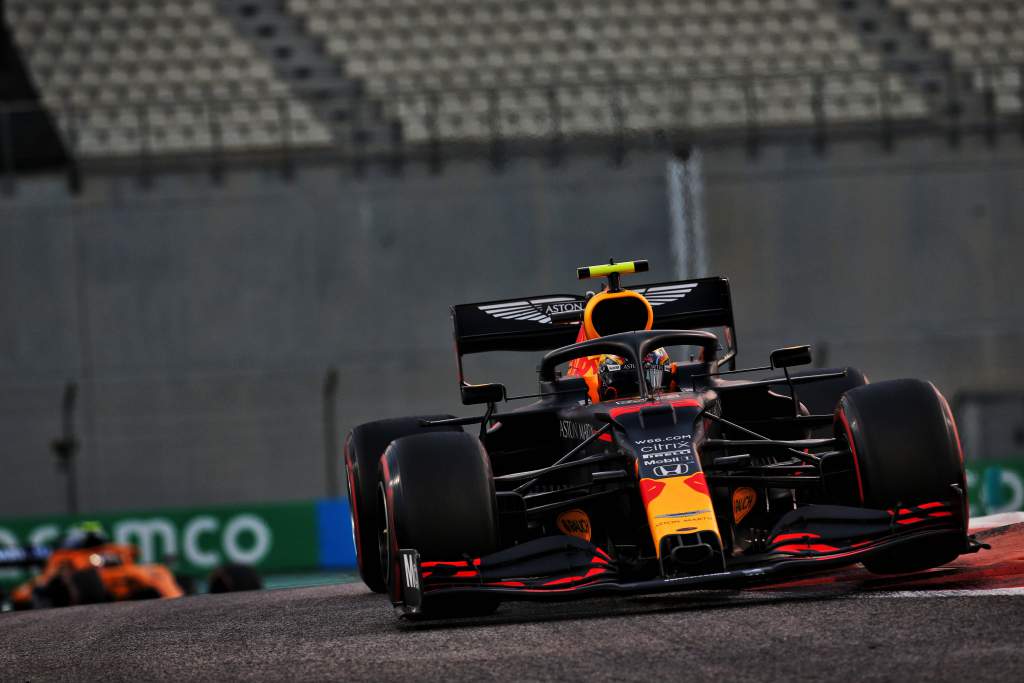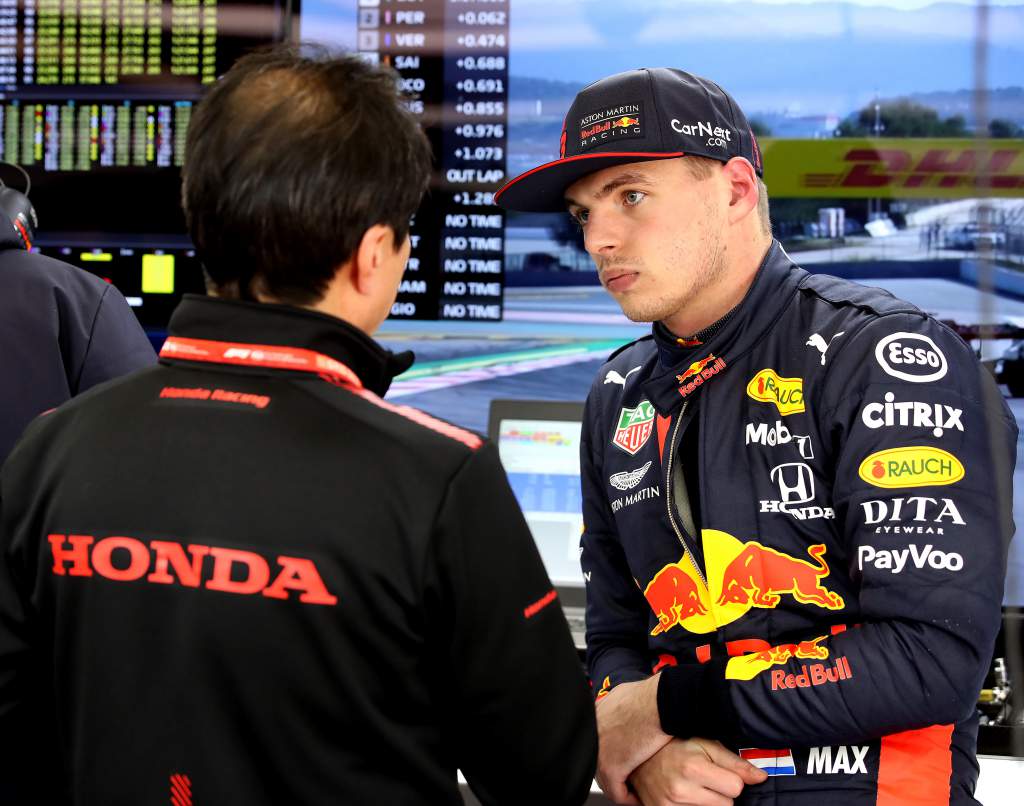Up Next

Two very powerful technical entities – those of Red Bull and Honda – are approaching this final season of Honda’s official participation in gung-ho frame of mind, each believing they are onto the fruity part of their respective development curves. There is absolutely no acceptance there that Mercedes will automatically prevail over them once more – and the extent to which their ambition for the season is fulfilled could have a very real bearing on the future of the team’s partnership with Max Verstappen.
Technical director Pierre Wache ended last season frustrated that it had taken most of the year to understand and overcome the aero problems around the first adoption of the narrow nose/cape combination that the RB16 represented. But once the team had, he felt a whole new area of performance had opened up. “If we knew what we know now at the start of the season [Mercedes] would be beatable,” he insisted at Abu Dhabi last year.
Wache believes that the (Mercedes-inspired) front end philosophy in combination with Red Bull’s traditional high rake is potentially the most aerodynamically powerful of all. Last year problems were experienced in keeping the vortices around the cape adequately controlled. When they interfered with each other or burst at low speeds, the flow to the barge boards and the edge of the underfloor would suffer a sudden interruption. Which is why the car was for much of the season very tricky on low-speed corner entry.

On faster corners it could often be the quickest car of all as the vortices worked more robustly, leaving that high-rake underfloor to create more pressure difference with the ambient air than a more level floor could. But combining that fast corner performance with slow proved extremely difficult.
Tuning out the slow-corner instability by making the front wing attack angle less extreme compromised the high-speed performance. The window where both could be achieved was impractically small but the car as it was in the last two races of the season appeared to be in a happy place.
Although Wache believes they have cracked the code, we have a possible cloud on that happy horizon in the form of the revised ’21 aero regulations which cut back the floor area and limit the diffuser vanes and those around the rear brake ducts. If the high-rake format works these features harder, it might be more adversely affected by their limitation.

Then there’s Honda, the racing department of which was absolutely gutted about the parent company’s decision to pull-out at the end of this year. It has brought forward what was going to be the 2022 power unit into this year and expects not only a significant power upgrade but a better harvesting and deployment efficiency.
It’s a matter of pride to Honda that everything is thrown at this final season as it strives to make a championship success out of what has been an extremely challenging programme since its return to the sport in 2015. Not that the others will have been standing still, but the motivation is crystal clear.
It’s not only at Mercedes where the future plans of Lewis Hamilton play heavily, though. If Hamilton chooses to retire at the end of his one-year contract, Christian Horner is already resigned to the idea that Mercedes will likely come looking for Verstappen. It’s up to Red Bull to ensure the performance clauses that are in Verstappen’s contract are not triggered.
So an awful lot could be hanging on just what the RB16B can deliver. For Red Bull, for Verstappen – and for F1 itself. Because a season in which Red Bull could genuinely slug it out with Mercedes would be such a refreshing thrill.






